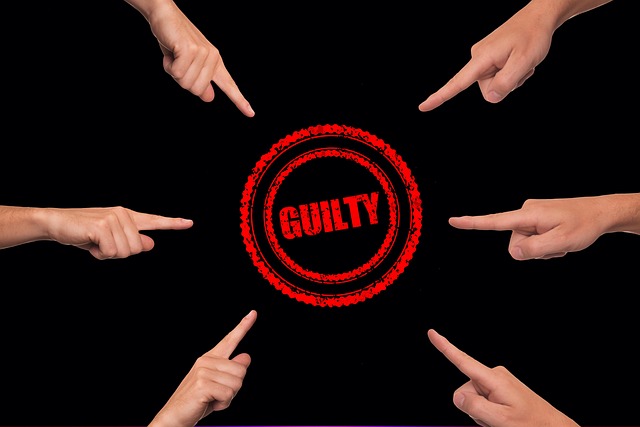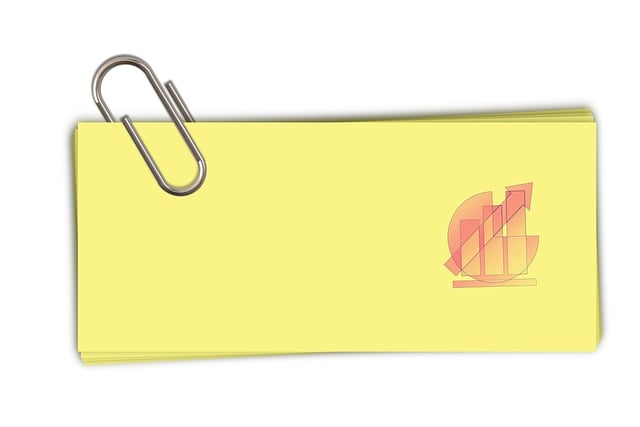Debt consolidation payment plans offer a strategic path to financial freedom by combining multiple debts into one manageable payment, simplifying repayment and potentially reducing interest costs. Government-assisted programs provide accessible and affordable solutions. Initial steps include evaluating your financial situation, identifying eligible debts, and exploring program options from local non-profit organizations or community centers. Successful consolidation requires careful planning, negotiation with specialized lenders, and comparison of rates to choose a plan aligning with budget and long-term goals.
Struggling with debt? You’re not alone. Discover how to reclaim your financial freedom through effective debt relief programs. This comprehensive guide breaks down essential aspects of managing and reducing debt, focusing on strategies like debt consolidation—a powerful tool for creating a tailored debt consolidation payment plan. Explore local resources and learn to navigate various options, empowering you to make informed decisions towards a debt-free future.
- Understanding Debt Relief Programs: Unlocking Financial Freedom
- Debt Consolidation: A Strategic Payment Plan for Reduction
- Local Resources: Finding Help Near You for Debt Management
- Navigating Options: Choosing the Right Debt Relief Solution
Understanding Debt Relief Programs: Unlocking Financial Freedom

Debt relief programs offer a much-needed lifeline for individuals and families struggling under the weight of debt. Understanding these programs is the first step towards financial freedom. Debt consolidation payment plans, for instance, are designed to simplify complex debts by combining them into one manageable payment. This approach not only eases the burden of multiple payments but also potentially reduces overall interest costs.
Government-assisted debt consolidation programs further support those in need. These initiatives aim to provide accessible and affordable solutions, helping individuals break free from overwhelming debt. The first steps to debt consolidation involve evaluating your current financial situation, identifying eligible debts, and exploring various program options available in your area. By taking these proactive measures, you can begin the journey towards a debt-free life with renewed financial stability.
Debt Consolidation: A Strategic Payment Plan for Reduction

Debt consolidation offers a strategic payment plan designed to simplify and reduce your debt obligations. This involves combining multiple debts into one loan with a lower interest rate, making it easier to manage your payments. By negotiating with creditors for lower rates or exploring non-profit debt consolidation services, individuals can gain better control over their finances. With a single, more manageable payment, you can free up money each month, allowing for increased cash flow and potentially enabling you to pay off the loan faster.
This approach not only simplifies budgeting but also provides a clear path towards financial stability. It’s important to note that debt consolidation requires careful planning and negotiation skills. Working with lenders or considering non-profit services specialized in this area can help ensure that the consolidation process is successful, providing long-term relief from the strain of multiple debt payments.
Local Resources: Finding Help Near You for Debt Management

Local resources are invaluable when seeking debt relief and management solutions tailored to your specific needs. Start by researching non-profit organizations, community centers, or government agencies dedicated to assisting individuals with financial challenges in your area. These entities often offer free counseling sessions where you can discuss your financial situation with experts who provide personalized guidance on managing and reducing debts. They may introduce you to programs like government assisted debt consolidation, which provides a structured approach to paying off debts through a consolidated repayment plan.
Understanding how does debt consolidation work? involves creating a single payment for multiple debts, often at a lower interest rate. This method simplifies repayment and can save money in the long run. If you’re noticing signs you need debt consolidation, such as struggling to make payments or feeling overwhelmed by multiple creditors, it’s time to act. Reach out to these local resources to explore your options, including debt consolidation payment plans, and take the first step towards financial freedom.
Navigating Options: Choosing the Right Debt Relief Solution

Navigating the world of debt relief options can seem overwhelming, but understanding your choices is key to financial freedom. One popular strategy is debt consolidation, which involves combining multiple debts into a single payment plan. This method simplifies repayment by offering lower monthly payments and potentially shorter terms. A reputable debt relief program can help you negotiate with creditors for lower rates, providing much-needed relief from the strain of numerous payments.
When considering this route, it’s crucial to explore both private and government-assisted debt consolidation options. The latter, often facilitated through non-profit agencies, may offer specialized programs tailored to your financial situation. As you investigate, what rates can I expect for debt consolidation? varies based on your creditworthiness and the terms negotiated with lenders. Be sure to compare offers thoroughly before committing to a plan that suits your budget and long-term financial goals.
Debt relief programs, including strategic debt consolidation, offer a way out of financial burdens. By understanding your options and leveraging local resources, you can take control of your finances. Remember, navigating these choices is key to finding the right solution for your debt management journey, ultimately leading to financial freedom. Consider debt consolidation as a powerful tool in your quest for a manageable payment plan and reduced debt.
